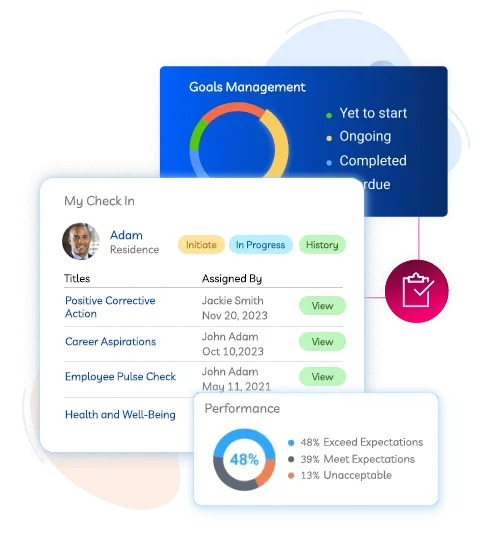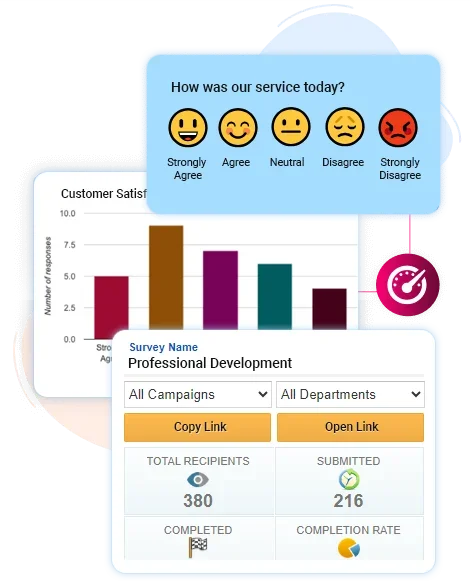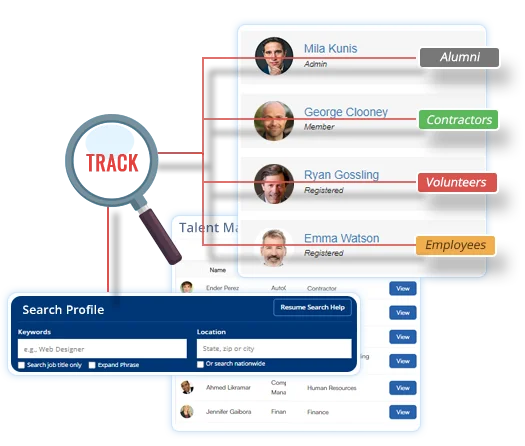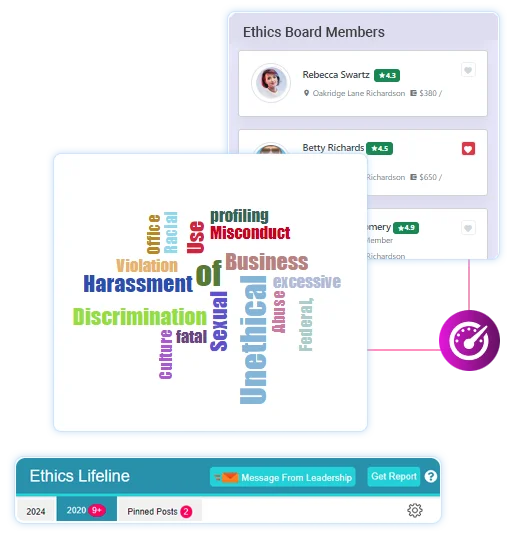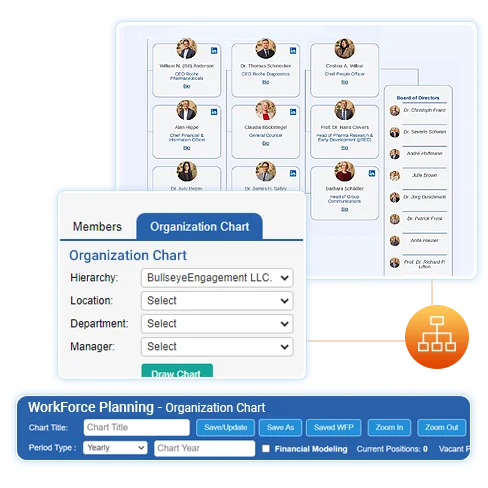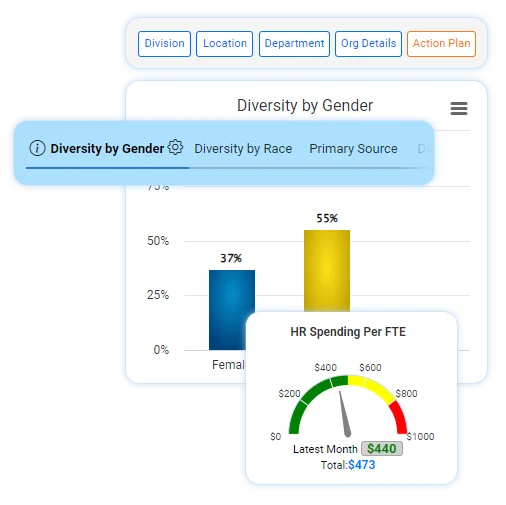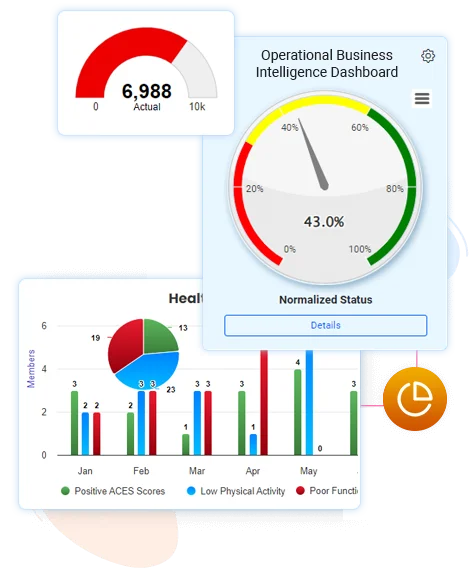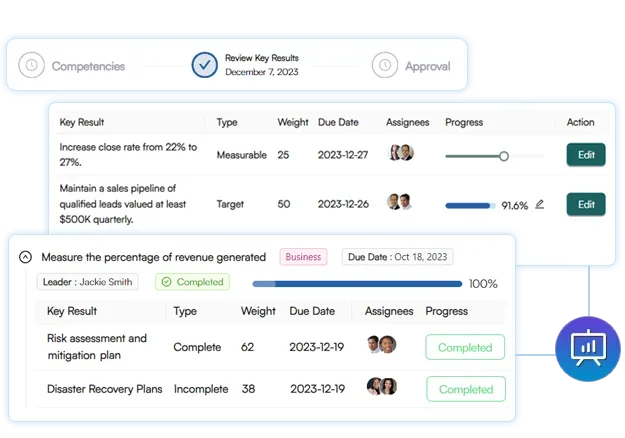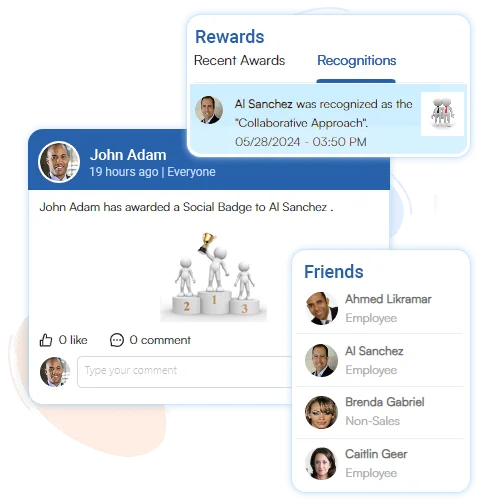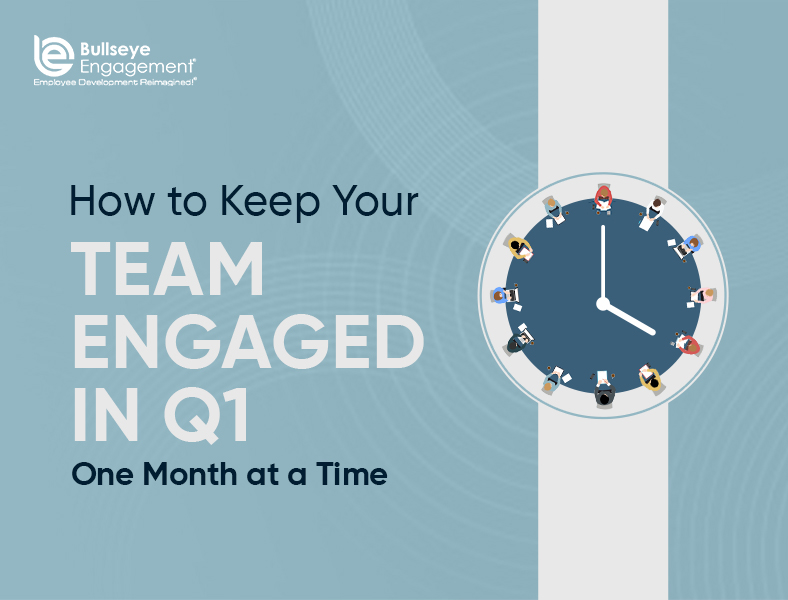In the realm of modern organizational dynamics, the specter of toxic leadership looms large, casting a long shadow over workplace culture and employee well-being. Characterized by a pattern of behavior that undermines the organization’s ethos and erodes trust, toxic leadership is not merely a personal failing of individual leaders but a systemic issue that necessitates a comprehensive and informed response.
Understanding Toxic Leadership
At its core, toxic leadership involves behaviors and practices that devalue, demoralize, and disenfranchise individuals within an organization. This can manifest in various forms, including authoritarianism, manipulation, neglect, and exploitation. The repercussions of such leadership are far-reaching, affecting not only the immediate victims but also the broader organizational culture, leading to decreased productivity, increased turnover, and a tarnished reputation.
In navigating the challenges posed by toxic leadership, having the right tools to understand and address these issues is crucial. That’s where BullseyeEngagement’s Executive/Human Capital BI Dashboard comes into play.
The Root Causes
The genesis of toxic leadership can often be traced back to a complex interplay of organizational structures, cultural norms, and individual psychologies. Institutions that prioritize short-term gains over ethical considerations or that lack robust mechanisms for accountability and feedback may inadvertently foster an environment conducive to toxic behaviors. Similarly, a culture that equates leadership with unchecked authority rather than servant leadership can pave the way for abuse of power.
To effectively address the root causes of toxic leadership, it’s crucial to understand the experiences and perceptions of your workforce. The Engagement Survey and Bullseye Survey tools provide insightful data on how leadership behaviors are impacting team morale and engagement, offering a starting point for targeted interventions.
Recognizing the Signs
Early detection of toxic leadership is pivotal in mitigating its impact. Key indicators include a high degree of staff turnover, frequent complaints of bullying or harassment, a climate of fear or retribution, and a noticeable decline in team morale and engagement. It is crucial for organizations to remain vigilant and responsive to these warning signs, fostering an environment where employees feel safe to voice concerns.
Strategies for Eradication
- Cultivating Transparency and Accountability: Organizations must establish clear standards of conduct for leaders, coupled with transparent mechanisms for accountability. This includes regular performance evaluations that consider leadership style and its impact on the team.
- Empowering Collective Leadership: By decentralizing decision-making and encouraging a culture of collective leadership, organizations can dilute the concentration of power that often fuels toxic behaviors. This approach promotes a more democratic and inclusive work environment.
- Investing in Leadership Development: A commitment to ongoing leadership development can equip leaders with the skills and awareness necessary to avoid toxic behaviors. This should focus not only on technical competencies but also on emotional intelligence, empathy, and ethical decision-making.
- Fostering Open Communication: An organizational culture that prioritizes open and honest communication can act as a deterrent to toxic leadership. Encouraging dialogue, feedback, and dissent can help surface issues before they escalate.
- Providing Support and Remediation: For leaders identified as exhibiting toxic behaviors, organizations should offer support and opportunities for remediation, including coaching, counseling, and training. This approach recognizes the potential for change and emphasizes personal and professional growth.
The Role of Organizational Culture
At the heart of the struggle against toxic leadership lies the need for a profound cultural shift. Organizations must move away from hierarchical, command-and-control models towards cultures that value collaboration, empathy, and respect. This cultural transformation requires a sustained effort from all levels of the organization and a shared commitment to nurturing a healthy, positive work environment.
Conclusion
The journey towards eradicating toxic leadership is both challenging and necessary. It requires a multi-faceted approach that addresses the systemic factors contributing to toxic behaviors while promoting a culture of accountability, empathy, and respect. By breaking the cycle of toxic leadership, organizations can unlock their full potential, fostering environments where innovation, engagement, and well-being flourish.
